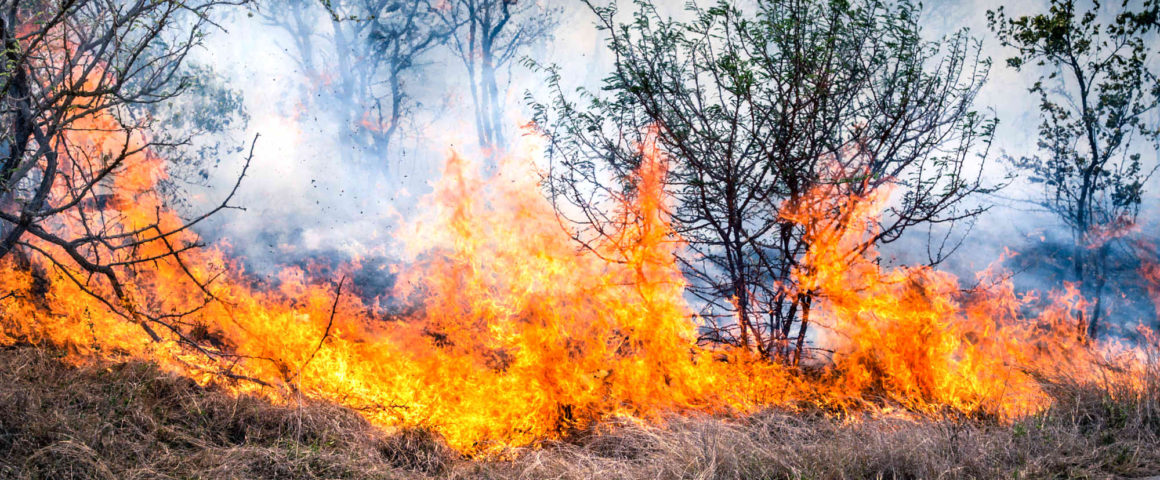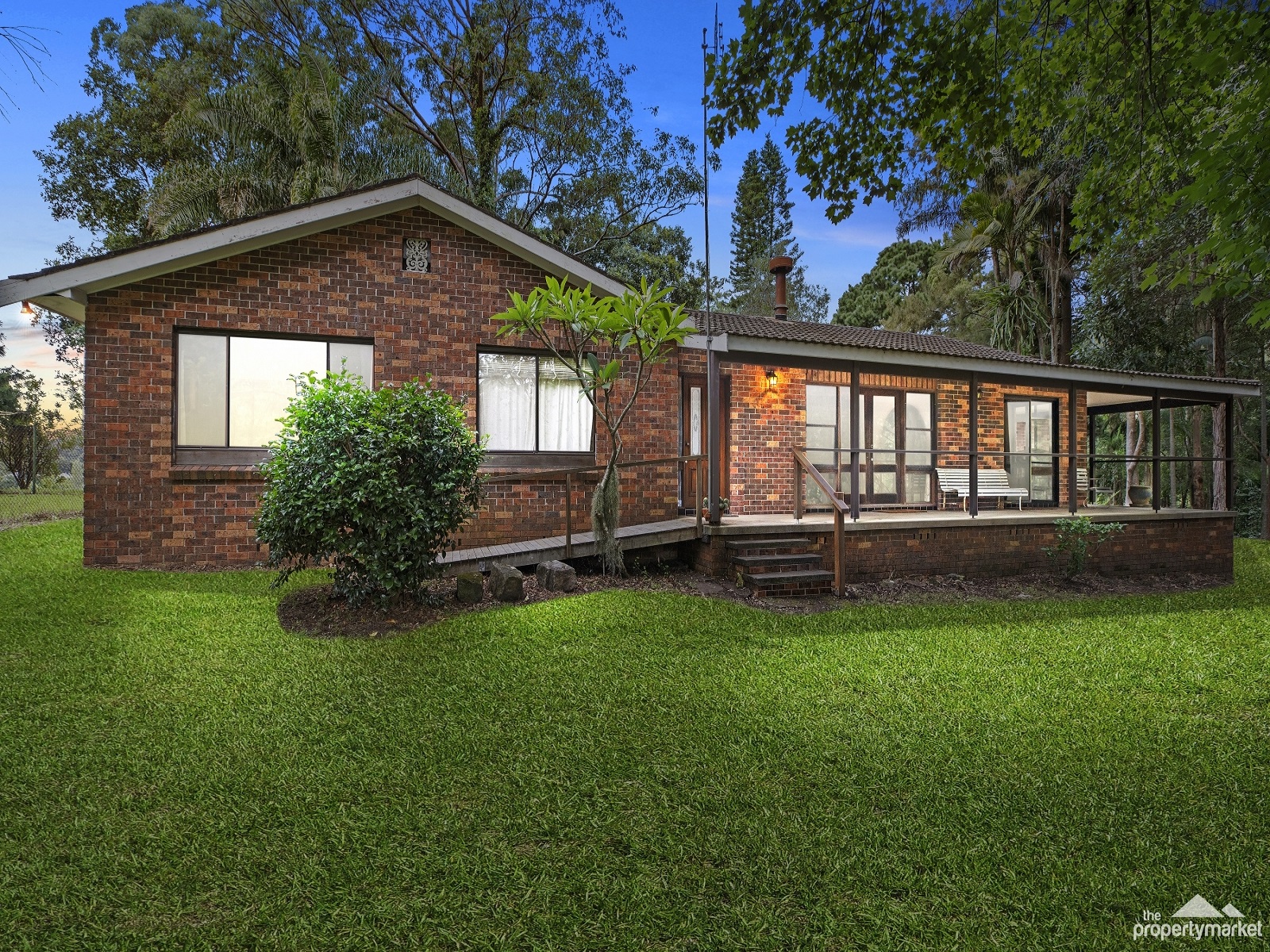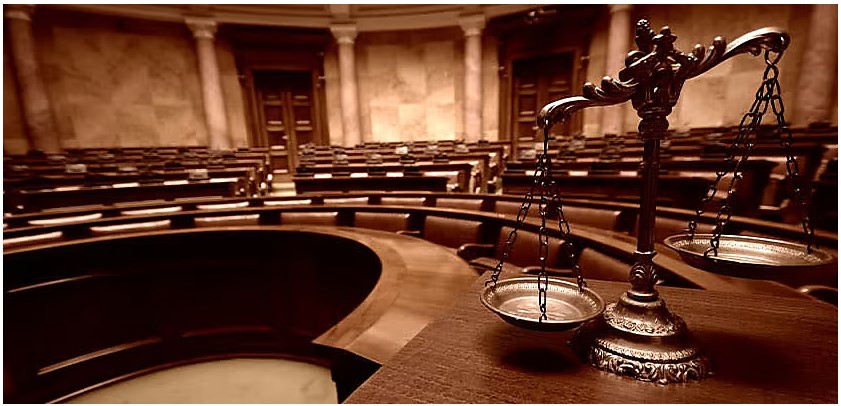Are you ready for bushfire season?
With bushfire season starting across much of the nation, it’s time to prepare rental properties and check they are adequately insured.
Bushfire.
Just a mere mention of the word strikes fear in the hearts and minds of most Australians and none more so than those living in bushfire-prone areas.

The risk of bushfire is ever-present in so many parts of the country, including outer metro areas and in regional tree-change locations.
The reality is, the arrival of summer means a heightened risk of bushfire and history has shown that it is less a case of ‘if’ a bushfire will flare up over the coming months, but rather how severe it will be.
While every bushfire is horrendous, there are some that have been seared into our collective memories and national history.
In very recent years, the Black Summer of Bushfires saw fires rage from coast to coast over the summer of 2019-20.
The fires left devastation in their wake – with 33 deaths directly caused by the fires.
Another 450 people lost their lives from the effects of smoke inhalation; an estimated one billion animals were killed; 24 million hectares were burnt (that’s around 21% of all temperate broadleaf and mixed forests), and some 10,000 homes and other structures were destroyed.
PERILS data showed there were insured losses of US$1.866 billion – and uninsured losses were billions more.
It has been estimated that nearly 80% of Australians were affected either directly or indirectly by the disaster.
Across southern Australia, summer is the height of bushfire season.
The current bushfire outlook is for normal fire potential for most of the country, thanks in large part to the recent high levels of rainfall along the east coast.
But there is an above-normal fire potential in parts of central Australia and northern WA.

With this in mind, landlords with (and agents who manage) investment properties in higher-risk areas should prepare rentals – and tenants – for bushfire season.
Here are our top tips for getting on the front foot:
- Know the bushfire risks in the area in which the rental is located. Particularly in high-risk areas, be sure to check tenants know how to prepare for an emergency. If they need guidance, refer them to their state/territory fire service which will have information on how to be bushfire ready and prepare a bushfire plan.
- Check with the local authority and emergency services about the community’s emergency plans, warning signals, evacuation routes, and locations of emergency shelters. Pass on this information to tenants.
- Inspect the property and eliminate any potential hazards – your state/territory fire emergency service will have a comprehensive checklist of what should be done, but at a minimum:
- do firebreaks
- clean out the gutters and roof gullies
- mow the grass regularly
- prune trees that overhang the property
- remove excess ground fuel
- eliminate any combustible materials or flammable liquids from around and under the property
- seal up any areas where embers could enter the property such as underfloor, roof eaves, roof-mounted external air-conditioners, or windows without metal flyscreens
- determine the risk of ignition from nearby combustible structures such as outbuildings, neighbouring buildings, fencing, or decking.
- Regularly check safety devices on the property, such as smoke alarms, sprinkler systems, and fire extinguishers.
- Check tenants know how to disconnect the property’s gas, water, and electricity.
- Ensure there is clear access into and out of the property in the event of a fire.
- Suggest tenants prepare a disaster plan, which includes an evacuation plan.
A major aspect of preparing for a bushfire is ensuring that the property and its contents are properly insured.
Yet despite the risk facing much of the country each year, the Insurance Council of Australia estimates that more than eight in 10 properties are likely to be under-insured or uninsured against bushfires.

Landlord insurance checklist
- Arrange cover early. Once a bushfire is approaching, it is too late to take out insurance or update an existing policy.
- Choose the right cover for the type of property and the letting scenario – a rental may need building cover, contents cover, or both.
- Keep the policy current and up-to-date. Ensure the premium is paid and the obligations for cover have been met, such as disclosures.
- Make sure the sums insured are accurate – fires often result in total losses, so be sure the property has realistic valuations and that adequate figures are nominated.
- Check what risks will be covered under the policy and under what circumstances, especially when it comes to fire damage. For example, if the property includes outbuildings, check if there is a cover for a burning building within a specified distance of the property.
- Be aware of policy exclusions. For example, a common exclusion relates to when the insurance was taken out – often there is an “embargo” or a no-cover period within 48-72 hours of buying the policy.
- Understand any conditions relating to fire. For example, some insurers only recognise fire damage if there was a flame present, so loss or damage which is not the direct result of burning may not be covered. At EBM RentCover, our landlord insurance policies cover damage caused by fire, charring, melting, or scorching as a result of heat from a fire, and smoke, ash, or soot from a fire.
- Know what your obligations are, such as maintaining the premises and acting to prevent further loss.
- Remind tenants that they need their own contents cover, as landlord insurance does not extend to their possessions.
Bushfires are devastating – don’t risk compounding the misery by being uninsured or underinsured.
Guest Author: This article was written by the team at EBM RentCover and was originally published here. EBM RentCover is one of Australia’s leading landlord insurance providers, protecting more than 150,000 rental properties across Australia.




